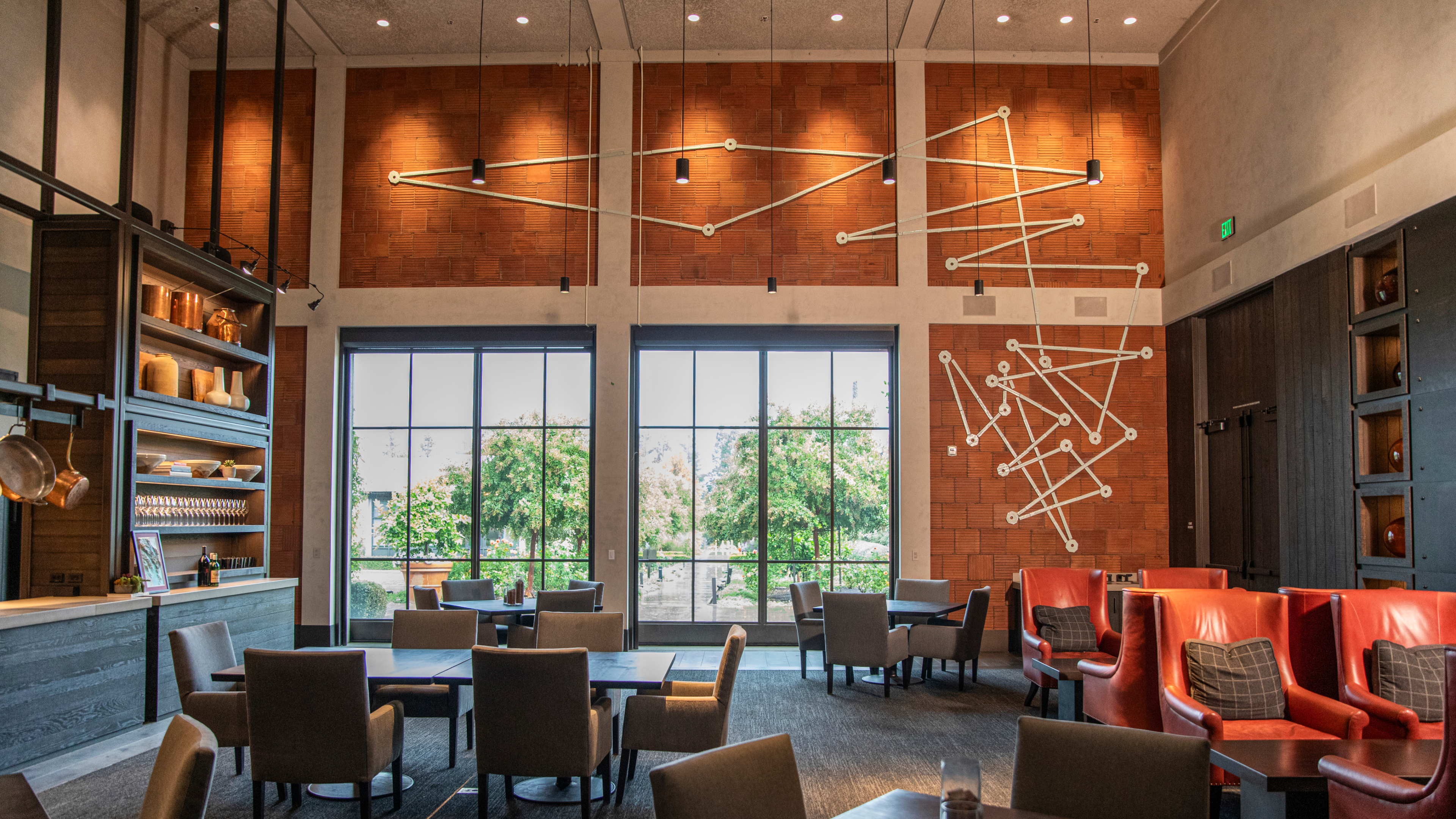BLENDING ART AND WINE AT LOUIS M. MARTINI
Created to invite contemporary artists whose work explores the deeply intertwined themes of the world of art and the process of winemaking, our art program is curated by Georgia Horn. Artists are encouraged to create permanent, site-specific or site-responsive works for the tasting room that delve into subjects such as the passage of time, the beauty of our environment, the richness of history and culture, and the nuances of sensory experience.




